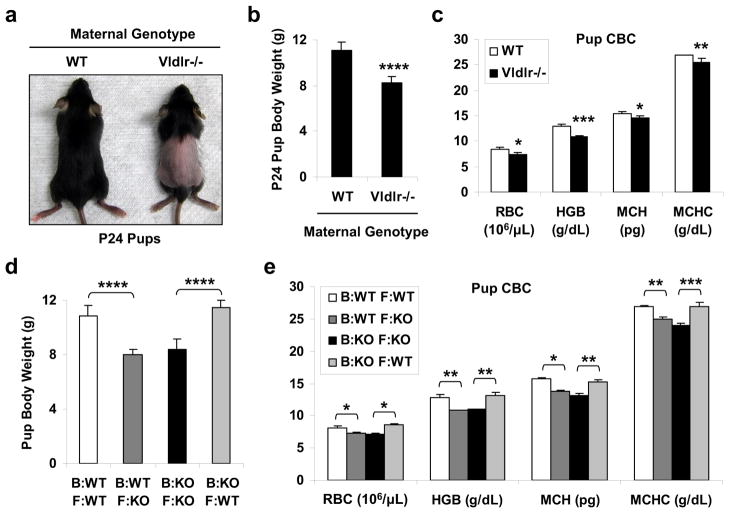Figure 1. Maternal VLDLR deletion causes neonatal toxicity due to lactation defects.
a–c, Nursing pups from Vldlr−/− mothers exhibited alopecia, growth retardation and anemia compared with pups from WT control mothers. WT or Vldlr−/− female mice were bred with WT male mice, and the pups (WT or Vldlr+/−, respectively) were analyzed at postnatal day 24 (P24) (n=12 from 2 independent litters). a, A representative image of the hair loss. b, Pup body weight. c, Complete blood cell count (CBC) of the pups. RBC, red blood cell; HGB, hemoglobin; MCH, mean corpuscular hemoglobin; MCHC, mean corpuscular hemoglobin concentration. d–e, Cross-fostering reversed the growth retardation and anemia in the pups (n=2 independent fostering pairs). WT or Vldlr−/− (KO) female mice were bred with WT male mice. On P1, three pups were switched between the KO mother (Vldlr+/− pups) and the WT mother (WT pups), and three pups were left with the original mother as controls. The fostered pups and the original pups were distinguished by ear punch and analyzed at P24. d, Pup body weight. e, CBC of the pups. B, birth/gestation mother; F, foster/lactation mother; KO, Vldlr−/−. Statistical analyses were performed with Student’s t-Test and all data are shown as mean ± standard deviation; *, p<0.05; **, p<0.01; ***, p<0.005; ****, p<0.001.

